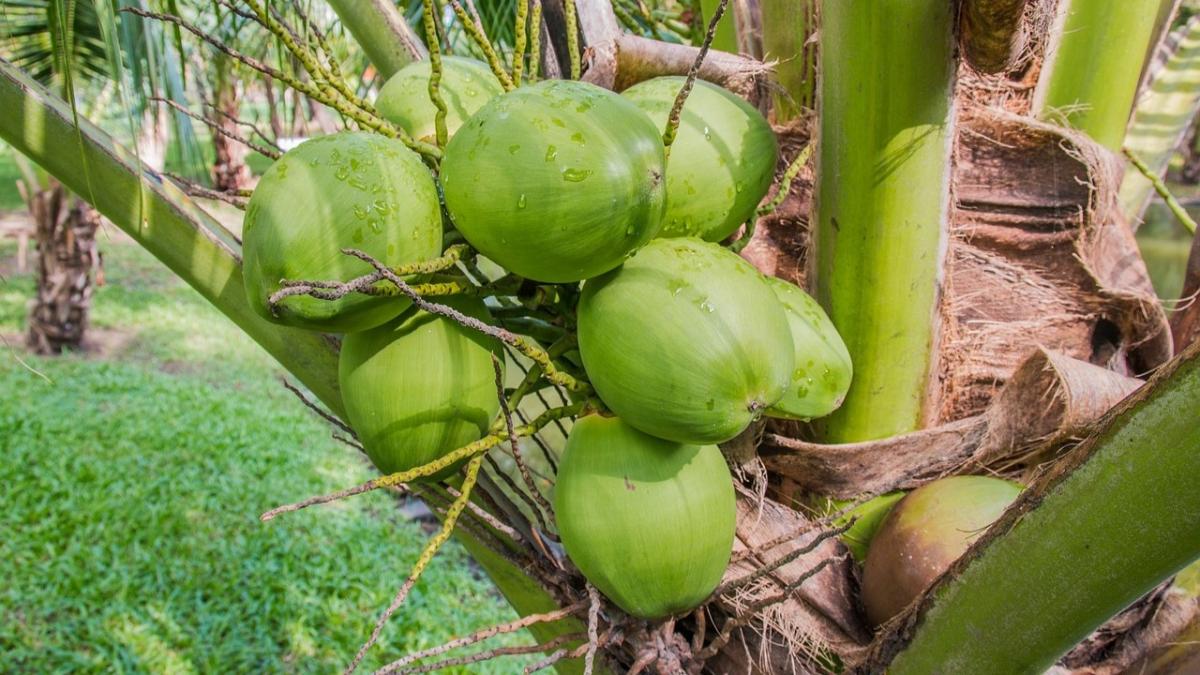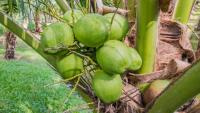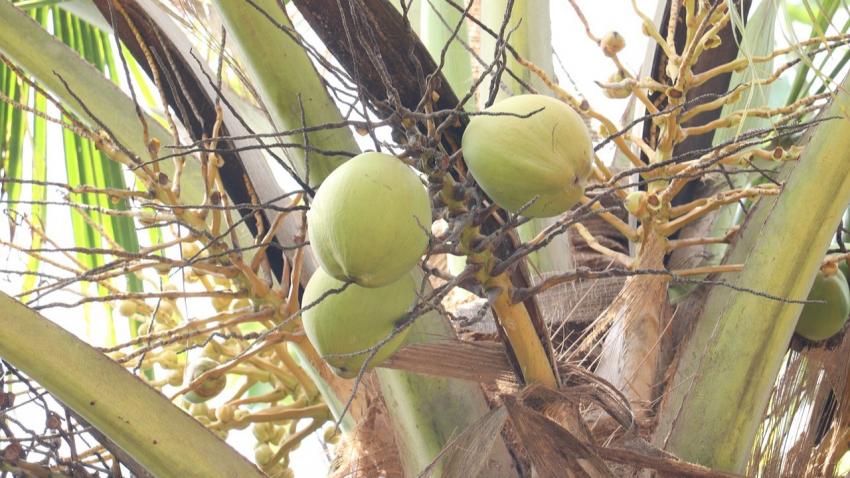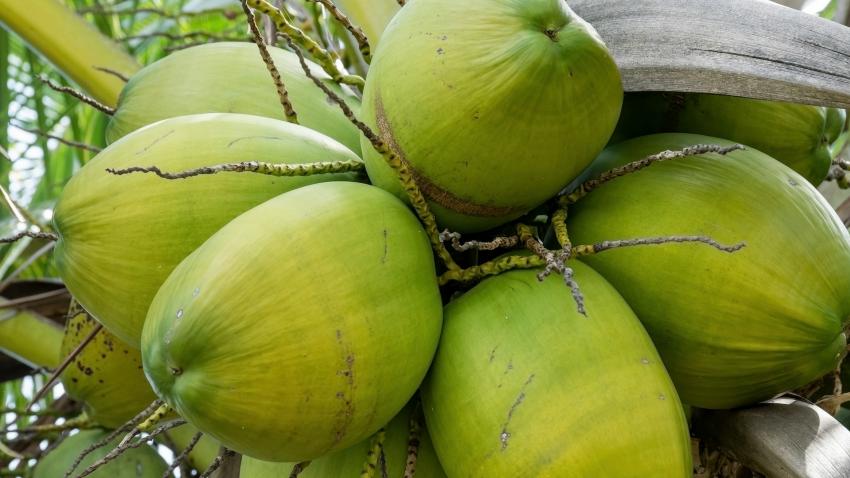You are here
Back to topFirst Shipment of Fresh Vietnamese Coconuts Heading for China This Month

According to a Vietnamese news report, Ben Tre province, located in the Mekong Delta, is set to hold a ceremony this month to celebrate its first shipment of fresh coconuts to China. This development comes less than two months after fresh Vietnamese coconuts were officially granted market access to China.
Ben Tre province currently has around 16,000 hectares of land dedicated to coconut production, including 133 designated growing areas spanning nearly 8,400 hectares. The province exports over 100 types of coconut products to approximately 100 countries and regions.
In the first nine months of this year, the province exported 22 million coconuts to overseas markets such as the United States, the European Union, Japan and South Korea. The goal for the province’s coconut industry is to further increase its export value, with a particular focus on the newly opened Chinese market.
Doan Van Danh, director of the Department of Agriculture and Rural Development of Ben Tre, stated that China sent an official delegation to the province in September to inspect 13 local coconut-growing areas and confirm their eligibility to export coconuts to China.
According to another report, Nguyen Dinh Tung, general director of Vina T&T Group, said that the company is confident in its ability to compete on the Chinese market with other coconut suppliers such as Thailand, the Philippines and Malaysia on account of its considerable experience exporting fresh coconuts to other major markets like the United States and Canada. Nguyen added that Vietnamese coconuts have the advantage of being “sweeter and cooler” than coconuts from other countries. Furthermore, advances in preservation technology mean that Vietnamese coconuts can now be stored for up to 80 days, ensuring their quality. The company is also now building a large factory in Ben Tre dedicated to exporting fresh coconuts to China, with construction reportedly 70% complete.
Vietnamese coconut growers typically differentiate between fruit intended for drinking the coconut water and those used for processing into products such as coconut milk and coconut oil. The former is harvested every 21 to 22 days, and leaving the coconuts on the tree for too long can stop further fruit production. By contrast, the latter has a much longer harvest cycle lasting several months, and harvesting too early can also halt production. Therefore, Vietnam’s coconut industry must implement appropriate management in growing regions to prevent improper harvesting. In addition to oversight from relevant authorities, companies should also collaborate with each other to ensure the industry’s efficiency and sustainable development.
In September of this year, the Vietnam Coconut Association led a delegation of over 10 companies and cooperatives to participate in various fruit and food fairs in China. The association also signed memoranda of understanding with Guangzhou’s Jiangnan Fruit and Vegetable Wholesale Market and the Guangdong Fruit and Vegetable Association to assist Vietnamese enterprises in accessing the Chinese market.
Vietnam is the world’s sixth-largest coconut producer, with 15 provinces cultivating coconuts on a large scale across approximately 200,000 hectares of land to generate a total annual output of about 2.1 million metric tons. The country currently has over 800 companies involved in coconut production and processing, including around 90 exporters. In 2023, Vietnam exported approximately 30,000 metric tons of fresh coconuts as well as 320,000 metric tons of coconut products, including candies, cosmetics, wooden goods and handicrafts, generating a total export revenue in excess of $1.06 billion.
Image: Pixabay
This article was based on a Chinese article. Read the original article.

















Add new comment